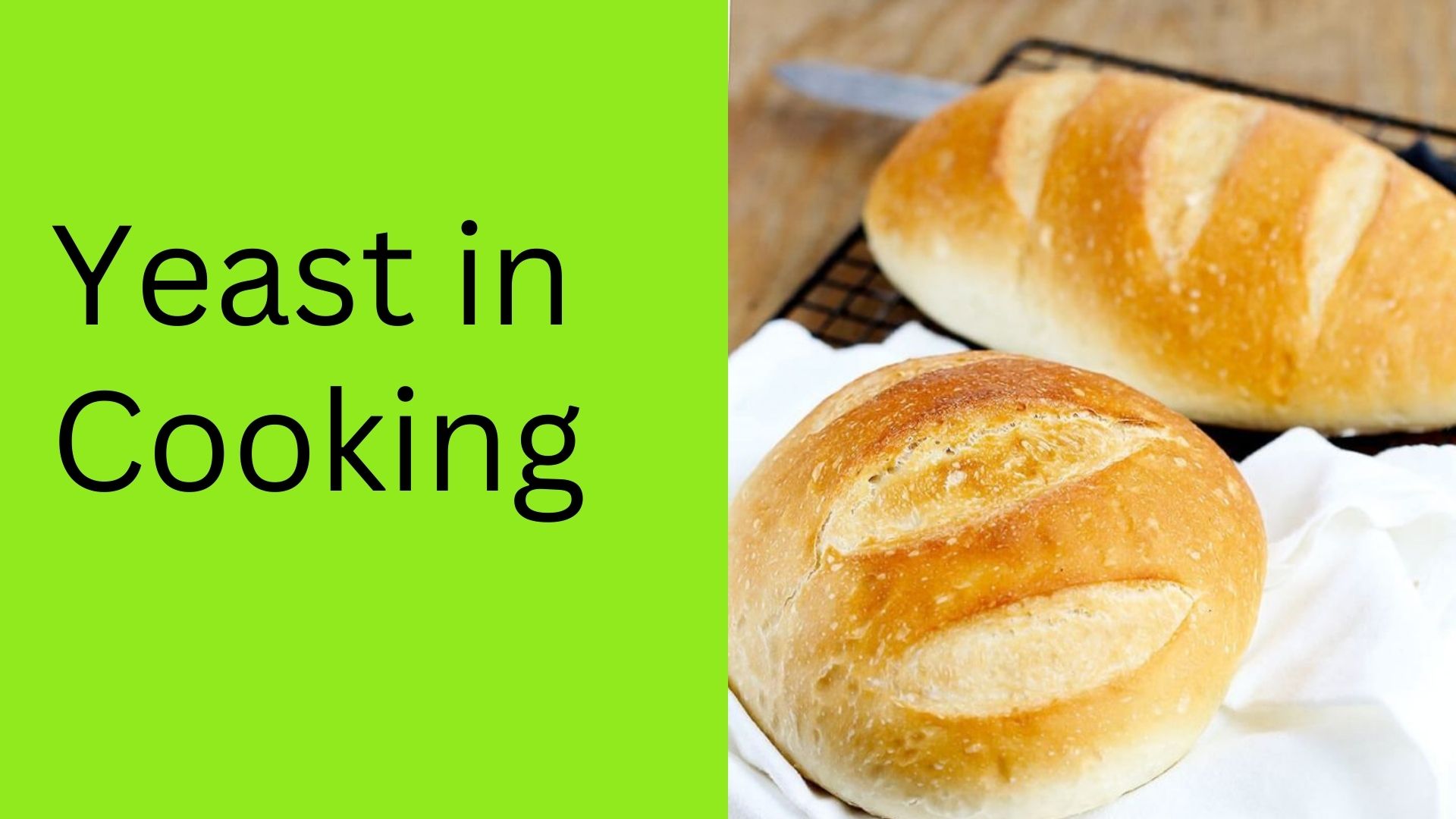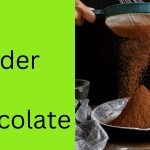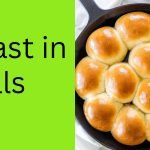Yeast is a crucial ingredient in cooking that contributes to the leavening and rising of various baked goods. However, there are times when you might need to explore alternatives to yeast due to dietary restrictions, allergies, or simply because you’re out of yeast. This article delves into the purpose of yeast in cooking, reasons to consider substitutes, and a range of alternatives that can help you achieve similar results without yeast.
Purpose of Yeast in Cooking:
- Leavening Agent: Yeast ferments and produces carbon dioxide gas, causing dough to rise and become airy.
- Texture Enhancer: Yeast contributes to the soft and chewy texture of bread and other baked goods.
- Flavor Development: It imparts a characteristic flavor to bread and certain dough-based foods.
- Preservative: Yeast’s fermentation process can extend the shelf life of certain baked items.
- Aromatics: Yeast adds pleasant aromas to baked goods during the baking process.
Why Replace Yeast in Cooking:
- Yeast Allergy: Individuals with yeast allergies need alternatives for safe consumption.
- Low-Carb Diets: Some diets restrict carb intake, prompting the search for low-carb substitutes.
- Quick Recipes: Substitutes can expedite the cooking process, especially for impromptu meals.
- Unique Flavors: Alternatives can introduce novel flavors and textures to dishes.
- Yeast Shortage: In case of unavailability, substitutes can save the day.
Substitute: Baking Powder
Details: Baking powder is a chemical leavening agent that produces carbon dioxide when mixed with liquids.
| Nutrient | Amount per teaspoon |
|---|---|
| Calories | 5 |
| Total Fats | 0g |
| Carbohydrates | 1.3g |
| Proteins | 0g |
How to Make: Replace yeast with an equal amount of baking powder in the recipe.
Substitute: Baking Soda and Lemon Juice/Vinegar
Details: Baking soda combined with acidic lemon juice or vinegar creates carbon dioxide, causing dough to rise.
| Nutrient | Amount per teaspoon of baking soda |
|---|---|
| Calories | 0 |
| Total Fats | 0g |
| Carbohydrates | 0g |
| Proteins | 0g |
How to Make: Mix 1/4 teaspoon of baking soda with 1/2 teaspoon of lemon juice or vinegar to replace 1 teaspoon of yeast.
Substitute: Self-Rising Flour
Details: Self-rising flour contains baking powder and salt, which provide leavening and flavor.
| Nutrient | Amount per 1/4 cup |
|---|---|
| Calories | 100 |
| Total Fats | 0.5g |
| Carbohydrates | 22g |
| Proteins | 3g |
How to Make: Replace the flour and yeast in the recipe with self-rising flour.
Substitute: Sourdough Starter
Details: Sourdough starter is a fermented mixture of flour and water that can leaven bread and add a tangy flavor.
| Nutrient | Amount per serving |
|---|---|
| Calories | Varies |
| Total Fats | Varies |
| Carbohydrates | Varies |
| Proteins | Varies |
How to Make: Prepare a sourdough starter and use it in place of yeast in recipes.
Substitute: Whipped Egg Whites
Details: Whipped egg whites can provide lift and lightness to certain baked goods.
| Nutrient | Amount per egg white |
|---|---|
| Calories | 17 |
| Total Fats | 0g |
| Carbohydrates | 0.2g |
| Proteins | 3.6g |
How to Make: Beat egg whites until stiff peaks form, then fold into the batter.
Nutritional Facts Summary Table:
| Substitute | Calories | Total Fats | Carbohydrates | Proteins | Source | Works Best In |
|---|---|---|---|---|---|---|
| Baking Powder | 5 | 0g | 1.3g | 0g | Chemical leavening | Breads, cakes, muffins |
| Baking Soda + Lemon Juice/Vinegar | 0 | 0g | 0g | 0g | Chemical reaction | Quick breads, pancakes |
| Self-Rising Flour | 100 | 0.5g | 22g | 3g | Leavening and salt | Biscuits, pancakes, muffins |
| Sourdough Starter | Varies | Varies | Varies | Varies | Fermentation | Artisan breads |
| Whipped Egg Whites | 17 | 0g | 0.2g | 3.6g | Protein leavening | Soufflés, meringues |
FAQs:
Q: Can I use baking powder instead of yeast in bread?
A: Yes, baking powder can be used, but the texture and flavor may differ slightly.
Q: Can I use baking soda and baking powder together as a yeast substitute?
A: It’s recommended to choose one substitute to avoid over-leavening.
Q: Will using self-rising flour make my recipe too salty?
A: Adjust the amount of salt in the recipe to account for the salt content in self-rising flour.
Q: Is a sourdough starter a suitable yeast replacement for all recipes?
A: Sourdough starter works best in recipes that benefit from a tangy flavor and extended fermentation.
Conclusion:
Exploring substitutes for yeast in cooking offers a versatile range of options to suit various dietary preferences and culinary needs. Whether you choose baking powder for leavening, the chemical reaction of baking soda with lemon juice or vinegar, the convenience of self-rising flour, the complexity of a sourdough starter, or the lightness of whipped egg whites, each alternative brings its own unique characteristics to your recipes. By selecting the appropriate substitute, you can continue to enjoy delicious and well-textured dishes even without traditional yeast.




